Making 3D Models With A Pen Instantly
November 9, 2013 in Daily Bulletin
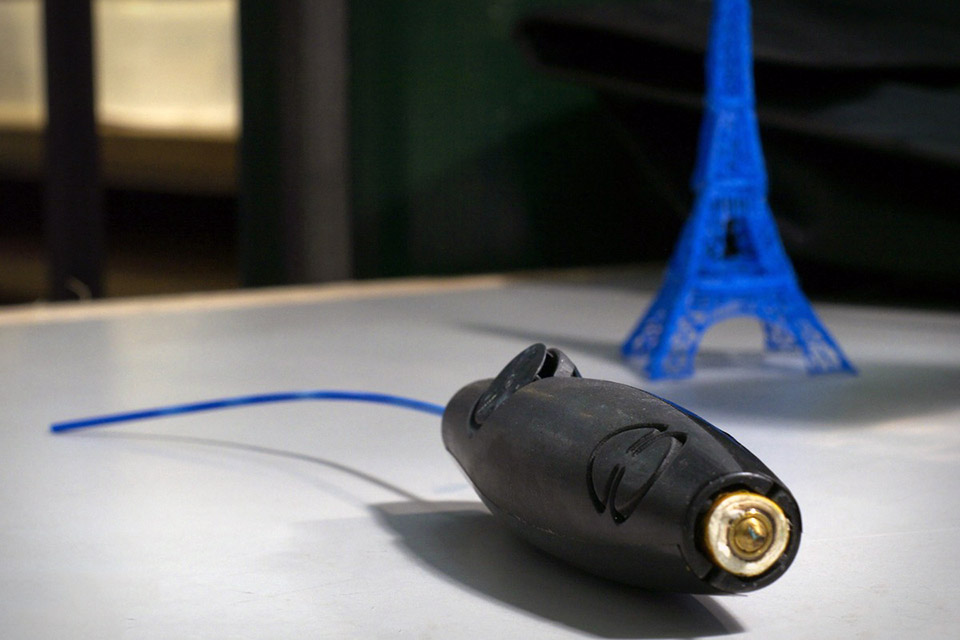
This is exactly as cool as it sounds. A pen that releases and instantly dries plastic, to allow 3D drawings in moments, the brainchild of Daniel Cowen:
- A couple of inventors got together to develop toys using 3D printing. One day the printer made a mistake, and the inventor grumbled ‘if only I could pick up the extruder and touch up my model’. An idea was born.
- The idea was put on kickstarter, and raised $2.34 million in pre-orders
- The pen is simple to use with no software involved. Plug it in and ‘sketch’ away
- Looking at the models that have been done, this isn’t going to be used as a replacement manufacturing technique for selling products. But what it might be is an easy way to demonstrate models or ideas at meetings, a really cool visual aid in presentations, or a way to fix breakages.
- Or, Daniel Cowen has been approached by a school for the blind wanting to use the pens to write in Braille.
- Reviewer Signe Brewster describes the pen as being ‘noisy, smelly and sometimes difficult to control. But it is simple and addicting to use’
The link here is to a video on Wired with Cowen talking about his invention, which is at the pre-order stage. Skip to (2:20) to see a demonstration of the pen. For the full article of Signe Brewster’s review over at Gigaom, click here
Source: Wired

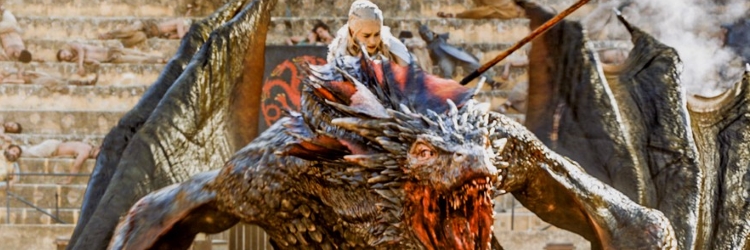







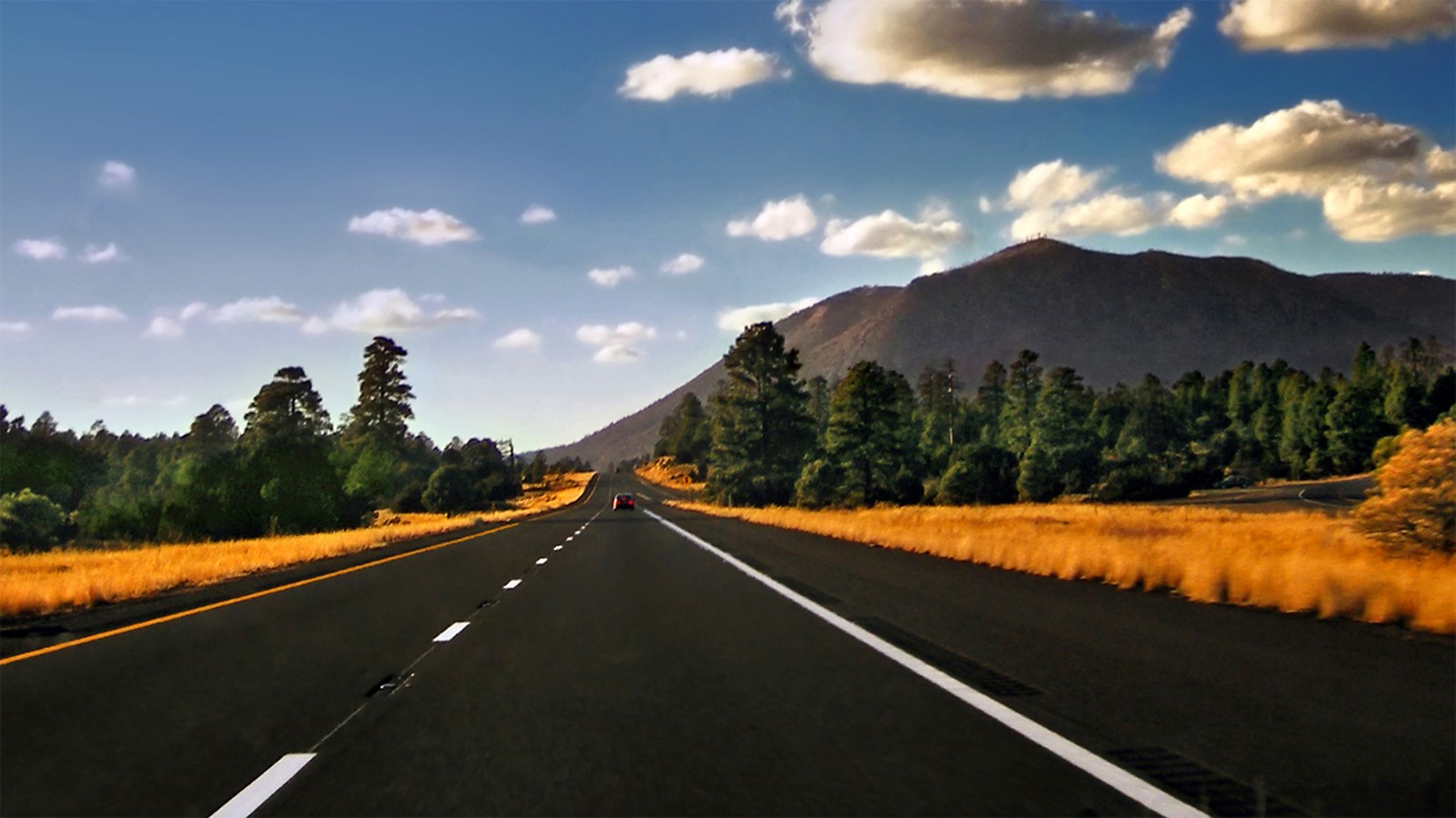




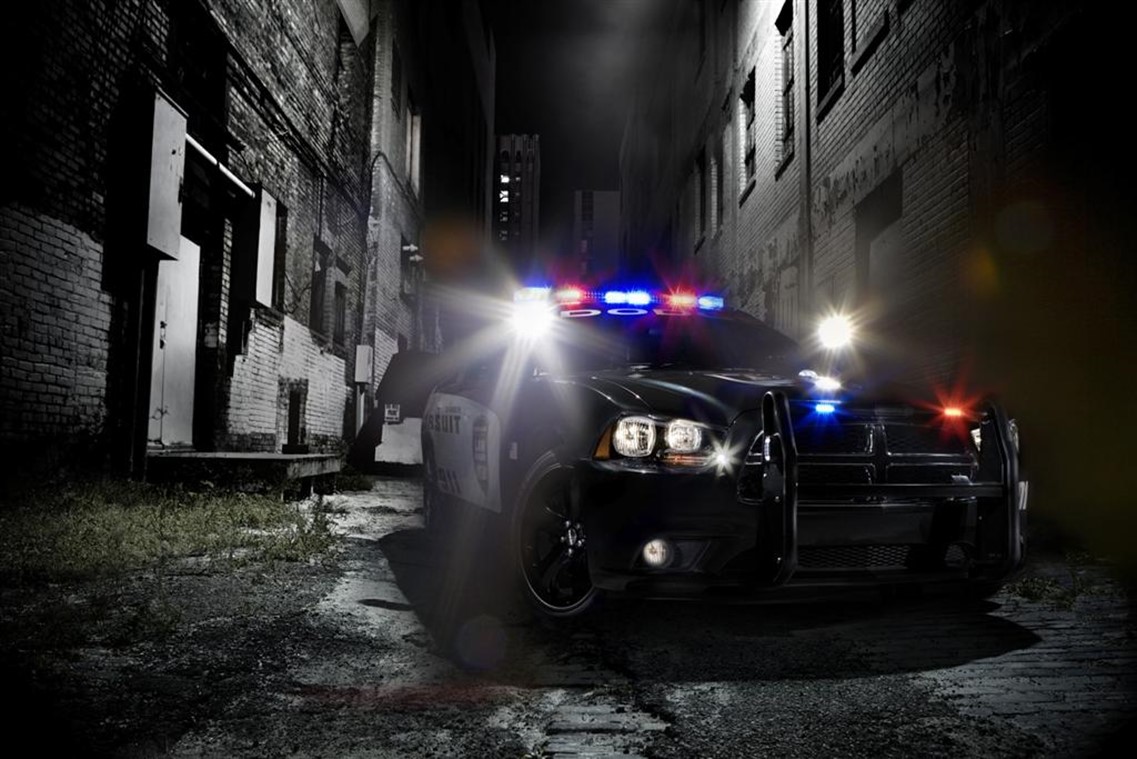
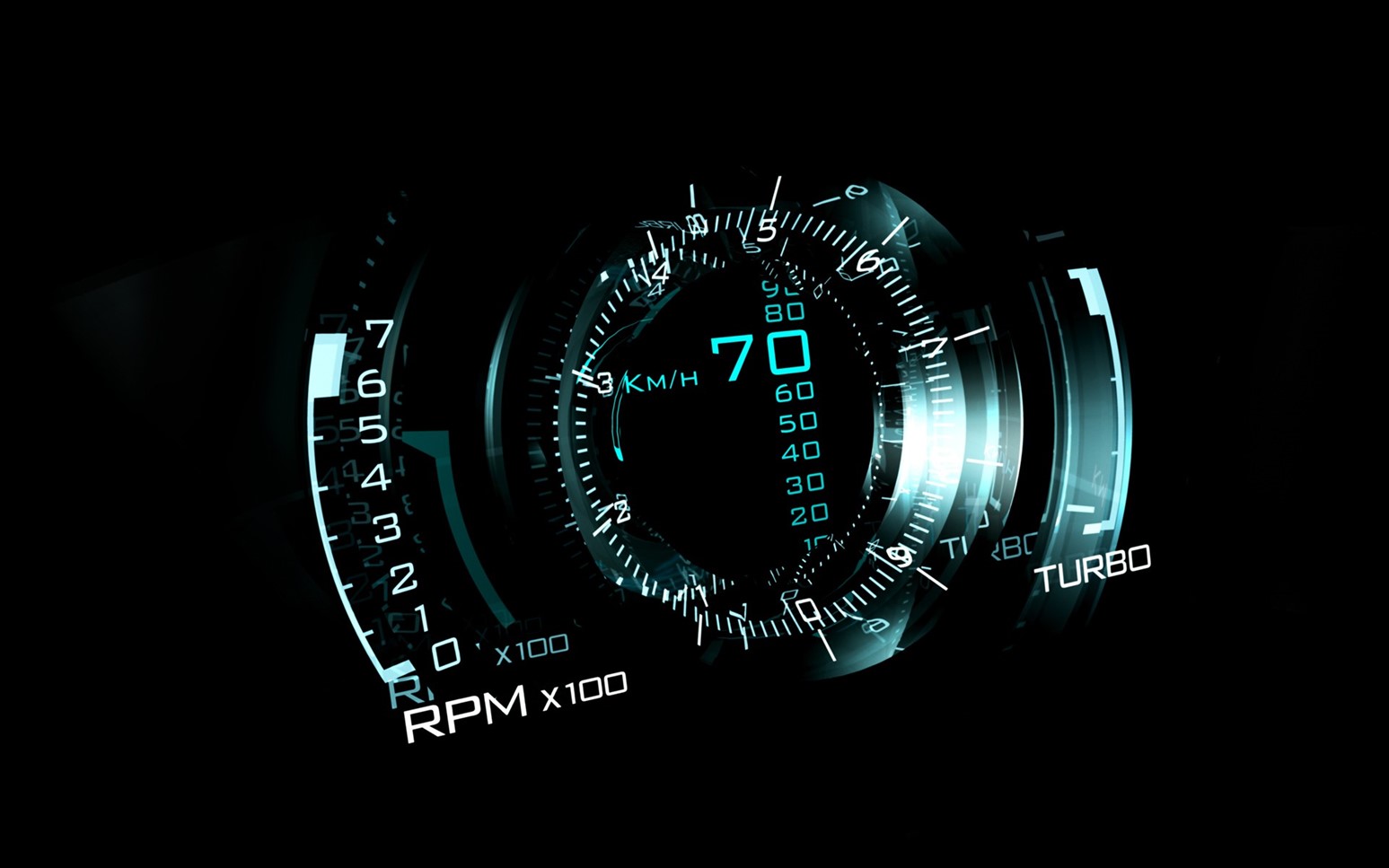
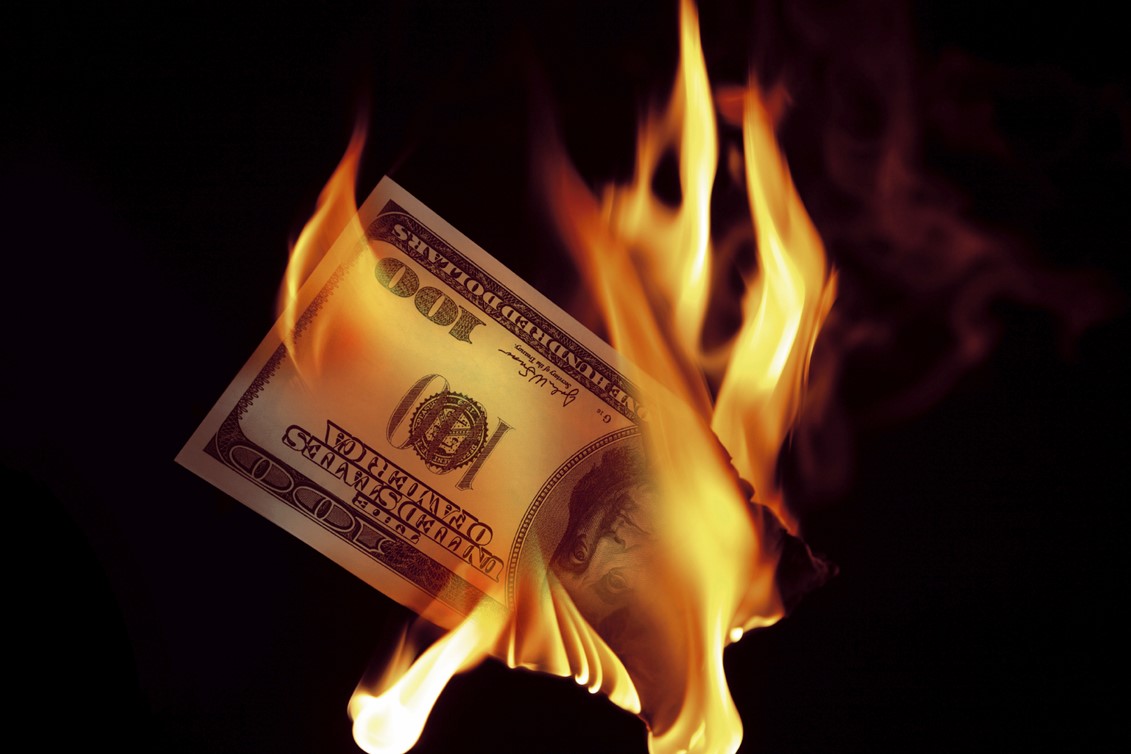
Join the Discussion! (No Signup Required)